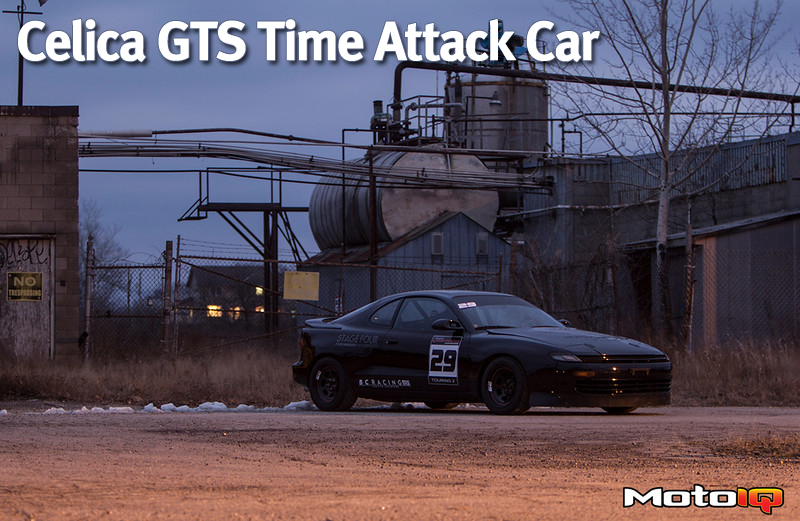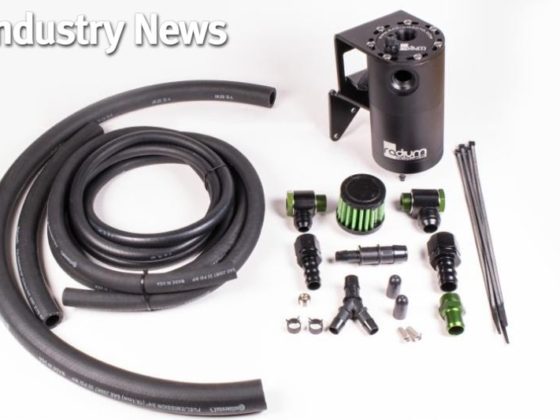,
In 2010 Kyle participated in Time Attack with CSCS and finished 8th overall in Street FWD. In 2011 he moved that up to 3rd in Street FWD. Realizing that the CSCS rules meant that he would always be competing against high horsepower cars which hampered him moving up higher on the podium, Kyle switched to CASC’s OTA. The classification system in OTA was more defined with the result being that the Celica was classified with other cars that were similar in their overall capability. In the 2015 Touring Classes Kyle was up against cars like the Mini Cooper, Mazda Miata, Mazda 3, VW Golf, Honda CRX, Ford Focus, Nissan Sentra, Nissan 240SX, Toyota Yaris, and BMW 328iS. The classification system also allowed the raw times to be compared via a PAX system (a mathematical formula) so that cars like Kyle’s Touring Two class entry (Touring Three is entry level) could compete for the overall championship against Super Grand Touring entries like Corvettes and 350Zs. In fact, at this year’s OTA Shoot Out Kyle and his Celica were in the running for the overall Shoot Out Championship! He placed 2nd in the Shoot Out and was just a fraction of a second away from 1st.
 I haven’t been able to share the track with Kyle, but that is my Nissan NX GTi-R trying to hang with Kyle’s Celica GTS through the twisties. Of course, I have many reasons why my car had to let him by …
I haven’t been able to share the track with Kyle, but that is my Nissan NX GTi-R trying to hang with Kyle’s Celica GTS through the twisties. Of course, I have many reasons why my car had to let him by …Those of you who have been following my writing know that I really enjoy the story behind the automobiles and their owners – and Kyle’s story is awesome. However, the car’s performance extends so far beyond that. I have watched Kyle’s car on track and have seen it harassing cars that I knew had massive horsepower under the hood. And that the driver’s were pretty good also. In fact, I have been trackside while he hunted down and passed my own Nissan NX GTi-R, so I obviously wanted to find out what made this Celica a blistering track machine. Watching all this while knowing that the car was classified Touring Two simply did not compute. Because I spent a year in Touring Two back in 2010 when my Nissan NX1600 was still powered by a GA16DE engine. Yes, I was thrilled about catching and passing the big horsepower guys, being gridded with and sometimes ahead of far more powerful cars, so that is not what surprised me about Kyle’s Celica. What surprised me is that his times, and no I don’t think tires have improved that drastically in the last five years, but his times would absolutely decimate anything my Touring 3 and Touring 2 classed GA16 powered NX achieved on any of the tracks that we have driven. Obviously, the one or two track T2 class records we captured have fallen to Kyle and his fearsome Celica. I really wanted to know what had been done to make this relatively slow car fast! Needless to say, the driver is a key part of this equation.
 The car is obviously well planted through corners. This is a sign of an incredible amount of work. The 225’s really fit nicely!
The car is obviously well planted through corners. This is a sign of an incredible amount of work. The 225’s really fit nicely! During warm up sessions Kyle doesn’t hesitate to let everyone know that he’s present and ready for a pass! Even so, Sean’s Cobalt SS does win out on raw times with its greater horsepower. It’s also classed a few steps above the Celica.
During warm up sessions Kyle doesn’t hesitate to let everyone know that he’s present and ready for a pass! Even so, Sean’s Cobalt SS does win out on raw times with its greater horsepower. It’s also classed a few steps above the Celica. Typical of FWD cars, it three wheels its way around corners. Needless to say, it absolutely sparkles!
Typical of FWD cars, it three wheels its way around corners. Needless to say, it absolutely sparkles!
 Lots of Time Attack competitors have a lightweight flywheel and a stage 3 clutch. Not so many, however, change their clutch on the gravel in the paddock. Kyle is a determined competitor. Photo Credit: Will Parsons.
Lots of Time Attack competitors have a lightweight flywheel and a stage 3 clutch. Not so many, however, change their clutch on the gravel in the paddock. Kyle is a determined competitor. Photo Credit: Will Parsons.


